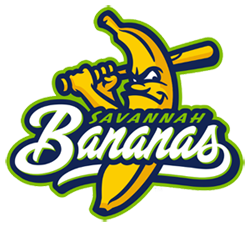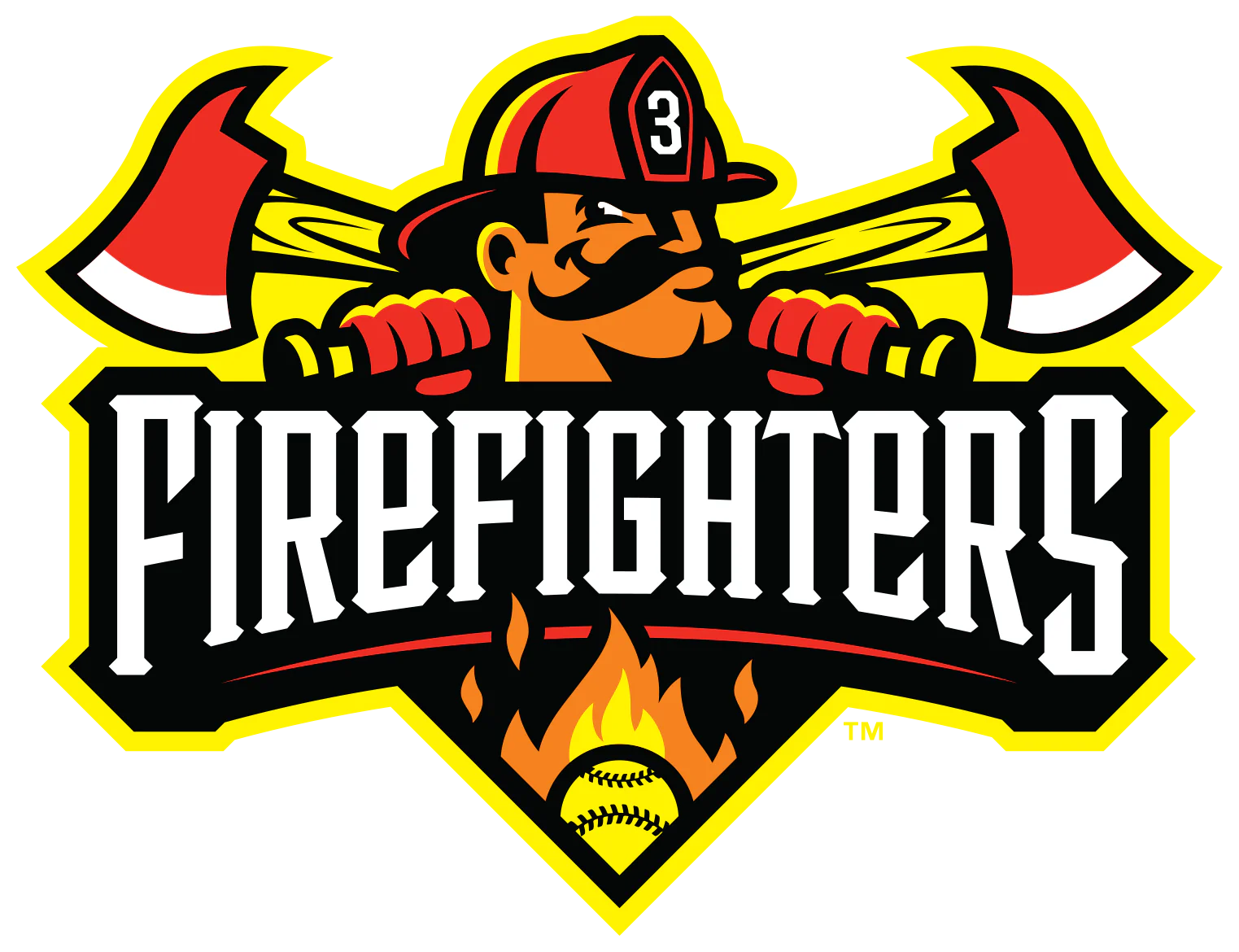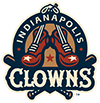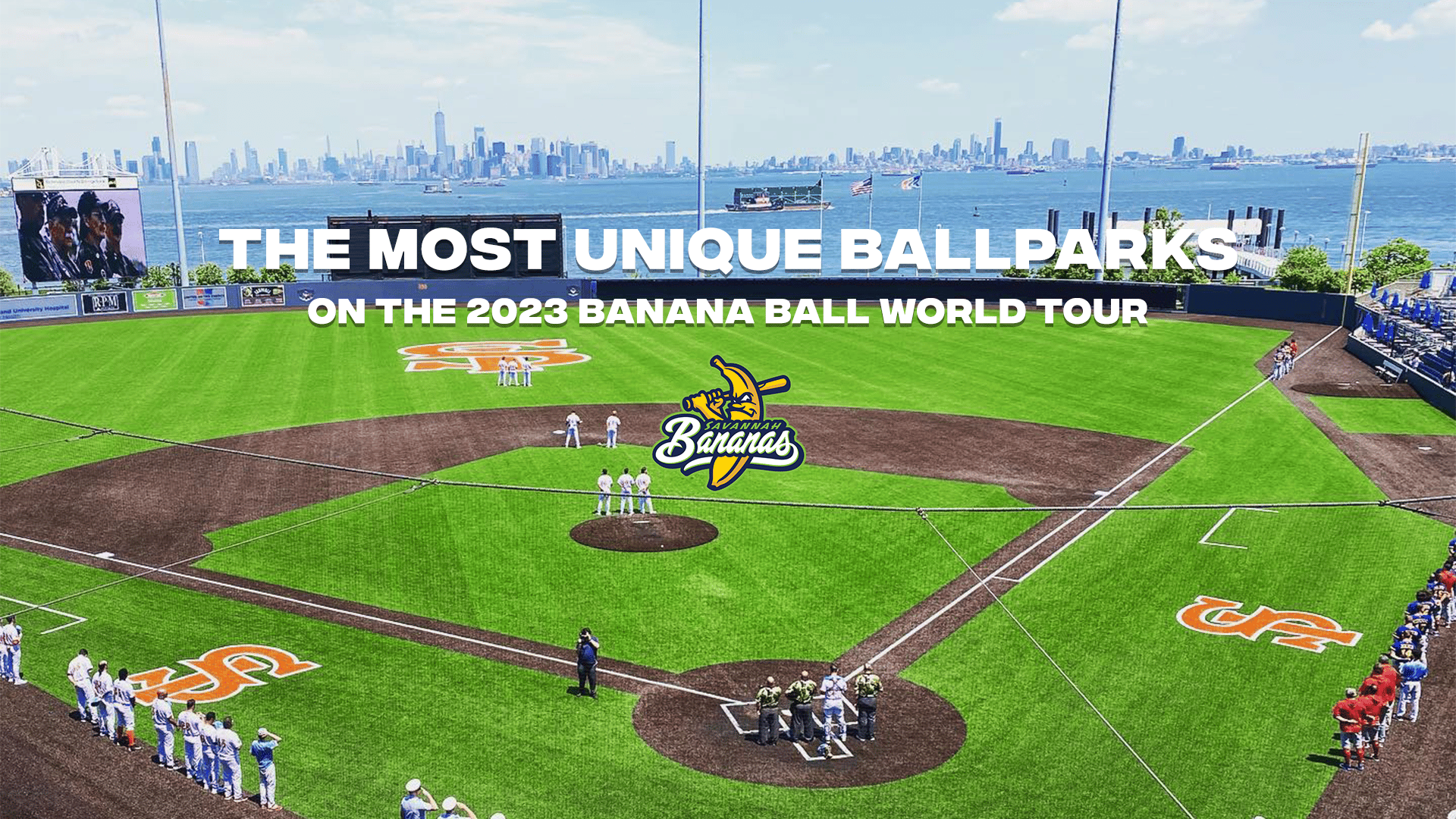Written by Biko Skalla:
One of the greatest quirks of the greatest game in the world is that every baseball field is different. In the vast majority of sports a playing surface needs to have uniform dimensions. Baseball is in the rare group of uniqueness with golf, cricket (baseball’s predecessor), and racing, where you can play the same game in an infinite amount of arenas with different dimensions. Tennis is worth an honorable mention as it’s played on clay, grass, or a hard court (concrete), but there are only three variations of surfaces and the court’s dimensions never change so tennis can take a hike.
This general creative freedom gifted to those who wish to build a baseball stadium makes our task today that much trickier because we’re trying to decide what the 10 most unique stadiums of the 2023 Banana Ball World Tour are. A caveat that will help us get the job done is eliminating any stadium the Bananas have already played in. That takes out some beautiful and fantastic ballparks, as we can’t use: Grayson Stadium, Rickwood Field, Jackie Robinson Ballpark, Riverwalk Stadium, the Ballpark of the Palm Beaches, and Legends Field.
It is a necessary move though, because narrowing the rest of the 33 stadiums down to a top ten is still arduous, even after removing six phenomenal ballparks. In the end, I was able to get it down to ten stadiums filtered into five different categories. If your ballpark didn’t make the list but you think they could have gotten into one of my categories or a new group of their own, I would love to hear your thoughts in the comment section of whatever social media you may have found this here article on. Without further ado, awayyyyyy we go!
The Biggest:
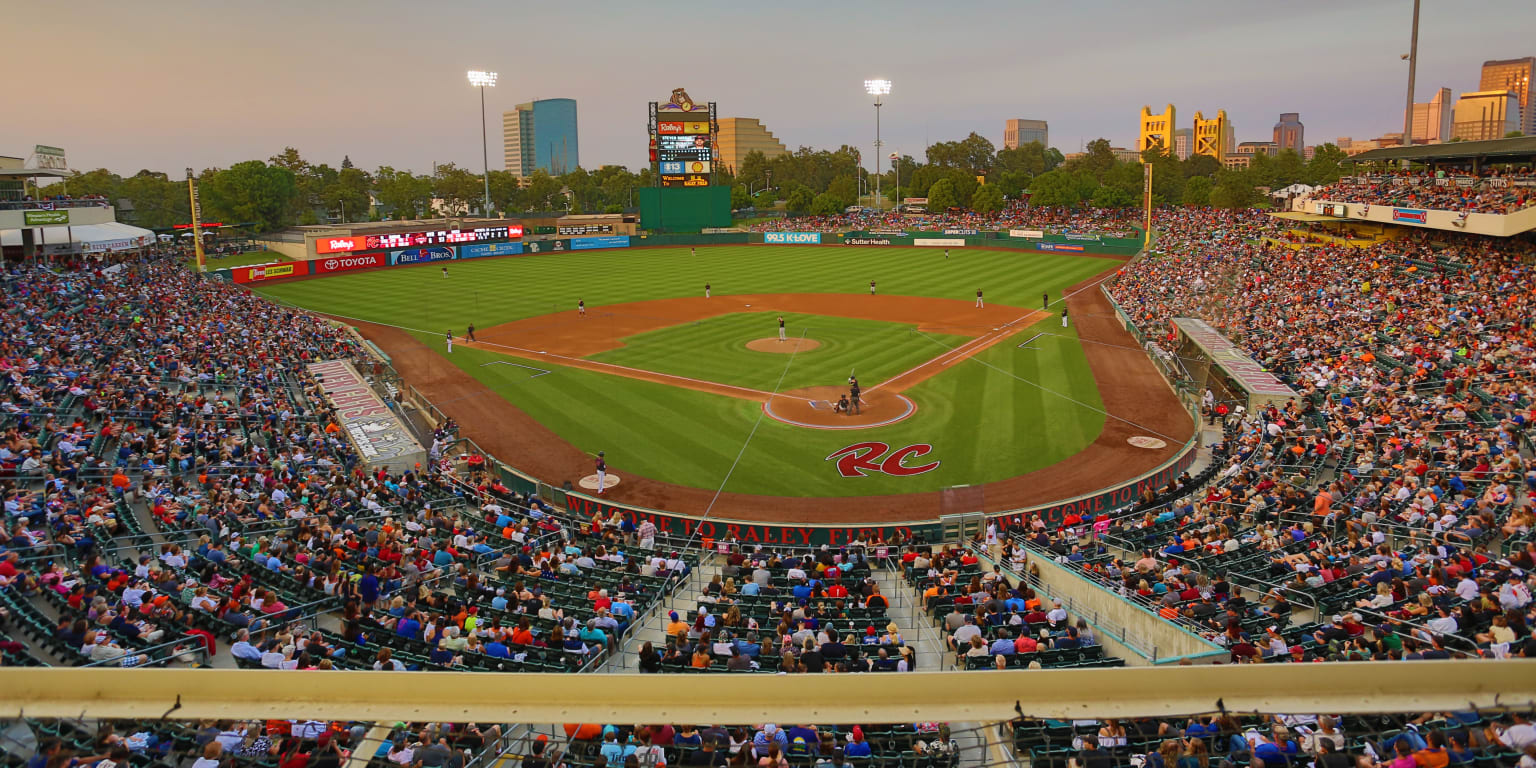
Sutter Health Park – Sacramento, CA – Opened on May 15, 2000: There are plenty of stadiums north of 10,000 capacity on the tour, but none rival Sutter Health Park which can fit more than 14,000 Bananiacs. Known as Raley field for its first 20 years of existence and Sutter Health Park for the last three, it also has an awesome view of the Sacramento skyline and a killer entrance to the ballpark to boot.
Best Quirks:

Appalachian Power Park – Charleston, WV – Opened on April 14, 2005: I feel like Bill Hader’s SNL character Stefon when talking about everything Appalachian Power Park brings to the table. So humor me and read this in Stefon’s voice: There’s an electrical outlet in the backstop behind home plate that local politician Rob Blackstone, AKA “Toast Man,” uses to toast bread, which he then throws out to fans after the opposing team strikes out. Rob yells, “You are toast!” and the fans around him respond with, “Don’t eat the toast. You don’t know where it’s been.” It doesn’t stop there. The section behind the opposing dugout is known as “Rowdy Alley” because Billy Bob and the Rowdys sit there and deliver “family-friendly, good natured heckles” to the visiting players. The icing on the cake is the park’s refurbished authentic locomotive horn from the Norfolk Southern Corporation whose tracks run adjacent to the stadium.
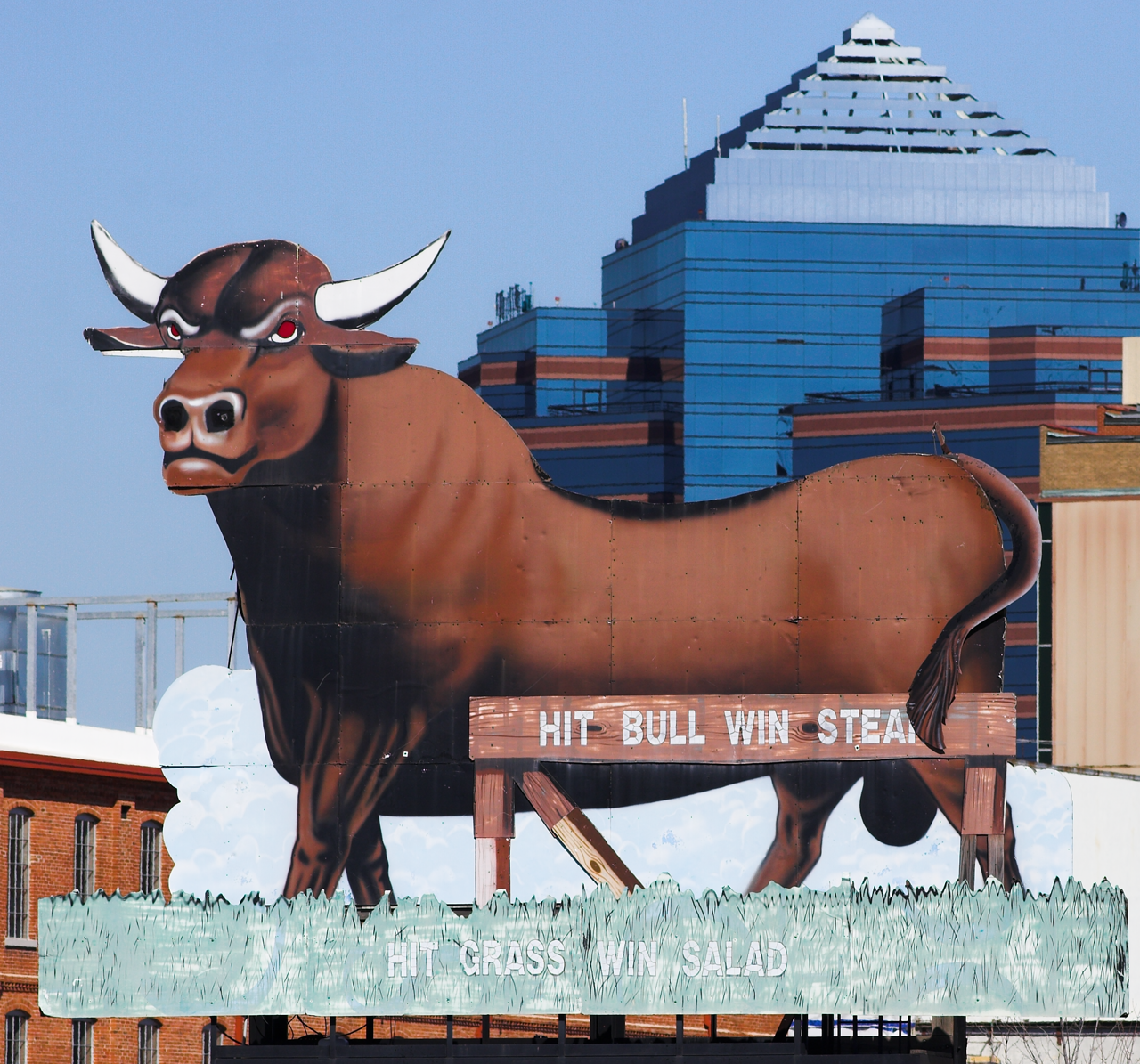
Durham Bulls Athletic Park – Durham, NC – Opened on April 6, 1995: Just about as legendary a promotion as you can find in professional sports:
HIT BULL WIN STEAK
HIT GRASS WIN SALAD
Straight to the point with no caveats about it. The original home of the Bulls, Durham Athletic Park, didn’t have the iconic sign until one of the greatest sports movies of all-time, (this is both my opinion and a fact), Bull Durham, was filmed there. The sign and a scene for its use was added to the film when Bull Durham’s director and screenwriter, Ron Shelton, arrived to film the movie and was struck with a stroke of genius. He saw a mound of grass beyond the outfield wall and realized he could put a bull themed version of another iconic baseball sign there: Abe Stark’s “Hit Sign, Win Suit” at Ebbets Field, home of the Brooklyn Dodgers until they moved to Los Angeles in 1957. The crew left the bull for the team when filming concluded, and then a new bull was created for the team’s new stadium in 1995. That bull’s head was blown off by a wicked gust of wind in 2008 and thus the bull you see in the picture above was created and has stood the test of time so far. In 1998 Tom Evans of the Syracuse Mets was the first player to ever hit the bull and later that summer Scott McCain became the first Bull to complete the feat. Last summer while playing the Jacksonville Jumbo Shrimp, Josh Lowe banged a homer off the grass and the next hitter, Mike Brosseau, smacked a dinger off the bull to become the first players to ever hit back-to-back jacks off the iconic sign. A few days later the duo went to Angus Barn in Raleigh to collect their prizes, a salad for Lowe and a ribeye for Brosseau. There’s plenty of other reasons that Durham Bulls Athletic Park deserves a spot on this list like “The Blue Monster” out in left and the mascot that goes with it, but that’s just how incredible this one sign is that it’s all I really have time to talk about here.
Immaculate Views:

SIUH Community Ballpark – New York City, NY – Opened on June 24, 2001: The stadium was designed to give fans a stunning view of the New York Harbor and the view speaks for itself. Throw in a mini Verrazano Bridge on top of the scoreboard and the fact that it is a five-minute walk to the Staten Island Ferry, and you’ve got yourself a top ten ballpark.
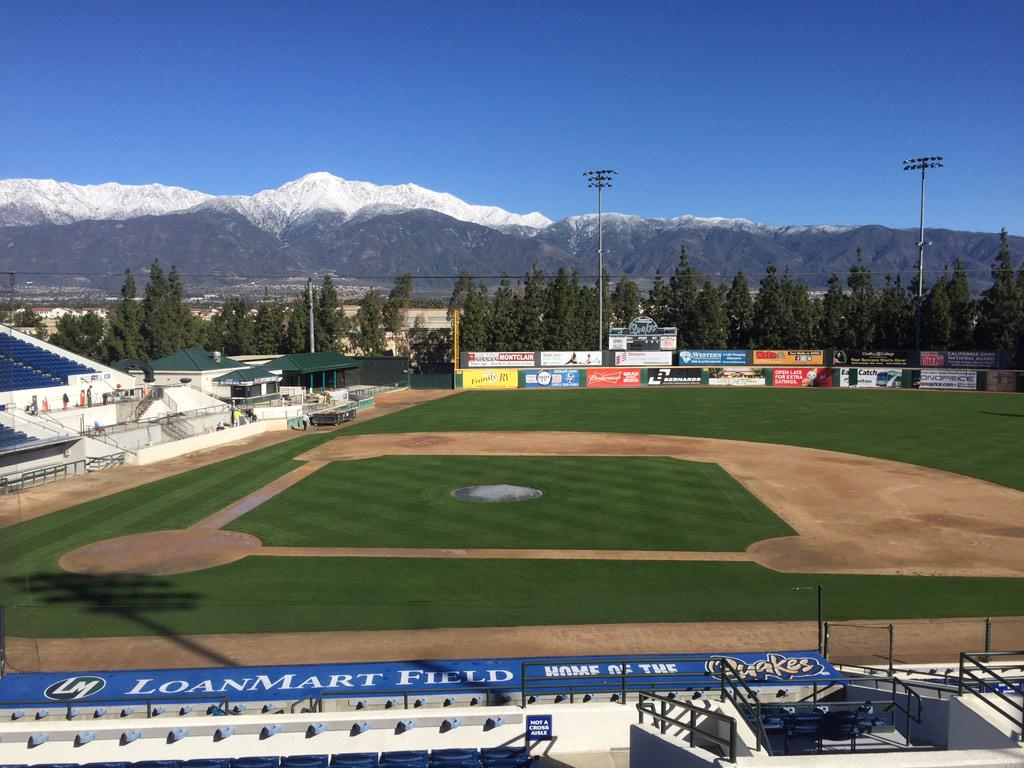
LoanMart Field – Rancho Cucamonga, CA – Opened on April 3, 1993: From the Big Apple to big alps, the tour has it all! The San Gabriel Mountains beyond the outfield wall make “The Epicenter” a no-doubter on our list. As opposed to the stunning man-made skyline of New York City, LoanMart Field takes advantage of the beauty mother nature provides us. At 8,862 feet of elevation Cucamonga Peak is one of the highest points in the San Gabriel Mountains and gives us a heck of a background for Banana Ball.
Principal Park – Des Moines, IO – Opened on April 16, 1992: There are a couple things going on here. Firstly, they nestled this puppy right in between the confluence of the Des Moines River and the Raccoon River, (the Des Moines River wins the naming rights battle from this spot on until emptying into Lake Red Rock for anyone interested). You know this kind of a location fires me right up. Secondly, from inside the stadium you have a heck of a view of the Iowa State Capitol and if you’re sitting down the right field line you also get downtown Des Moines which holds some pretty beefy buildings. The grass is the same as Wrigley’s which means the playing field is top notch and it’s a Triple-A ballpark, so everything going on inside is pretty spick and spam. Plus, is that a slide jetting out of the stadium on the Raccoon River side of things? I will be investigating that come next August.
Video Boards:
Constellation Field – Sugar Land, TX – Opened on April 16, 2012: Naturally, the three video board worthy stadiums have all been built within the last eleven years. We kick it off in Sugar Land where their video board is in the shape of their state. Texas is right up there in the great debate for which state has the most recognizable outline (California, New York, Florida, Oklahoma rounds out my top five in no particular order… I’ll put more thought into this at a later date). And not many states seem to have more pride in what it means to be a member of their land, (“Everything’s bigger in Texas,” yada yada). And maybe the most important part of all, it just looks awesome. If we’re going to nitpick here, I do wish the video board truly fit into Texas’s dimensions and I would love for all of it to be used instead of just the rectangle in the middle. But this is still a tremendous centerpiece of a ballpark, I give it a 9.8 out of 10 in the video board world, and more importantly it helps make the Astros Triple-A stadium worthy of a spot on my goofy little list.
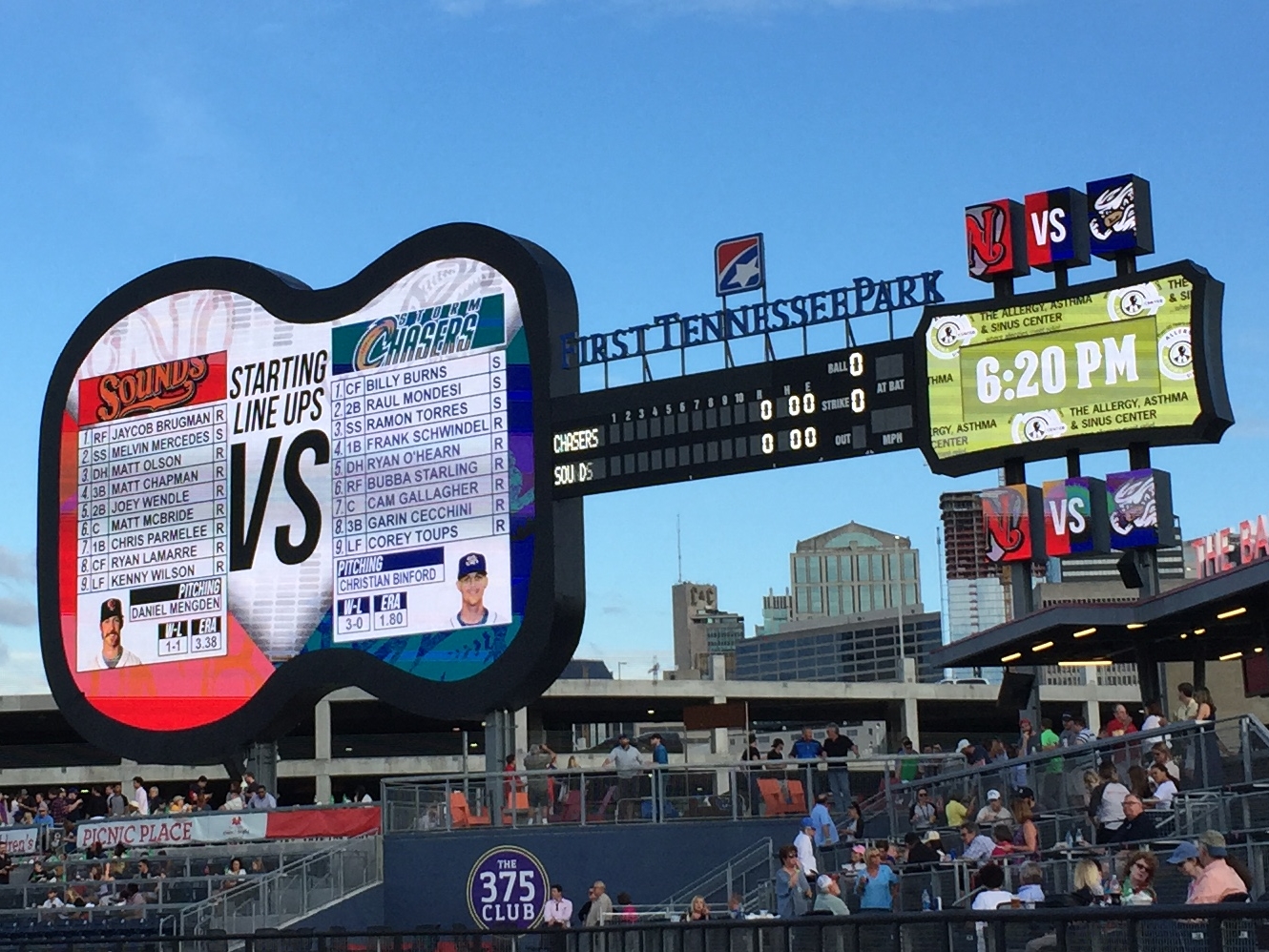
First Horizon Park – Nashville, TN – Opened on April 17, 2015: I got to see this bad bear in person and it is even more miraculous a sight to take in at the stadium. Talk about using every part of the guitar, even the little tuning nob things at the end have the night’s matchup on them. I was floored with their use of the neck of the guitar for the inning-by-inning scoreboard too. Genius! This is a 10/10 video board any way you look at it. The rest of the ballpark is superb too, with a really cool recreation section down the left field line that holds a plethora of games like ping pong, cornhole, mini golf, basketball, just a real hodgepodge of activities. PS: Take a look at the 3, 4. and 5 hitters for the Sounds. Goodness gracious, talk about a problem in the middle of order! This picture was taken when they were the A’s Triple-A affiliate, but they’re now the highest level of the Brewers farm system.
Las Vegas Ballpark – Las Vegas, NV – Opened on April 6, 2019: What Las Vegas Ballpark’s video board lacks in creativity compared to the likes of Constellation Field and First Horizon Park it makes up for in pure size. This is the biggest video board in Minor League Baseball. At 3,930 square feet, it is both large and in charge. It makes sense that when you’re creating a $150 million stadium in Vegas you would slap the largest screen on it in MiLB, but that’s just the start of the fun. Las Vegas Ballpark also has a pool in centerfield and it is the first stadium in sports history where all the seats are made out of breathable mesh. Unique! It seems to be a pitcher friendly park too, with both corners 340 feet from home plate and centerfield a whopping 415 feet out.
The All-Around Bell of the Ball:
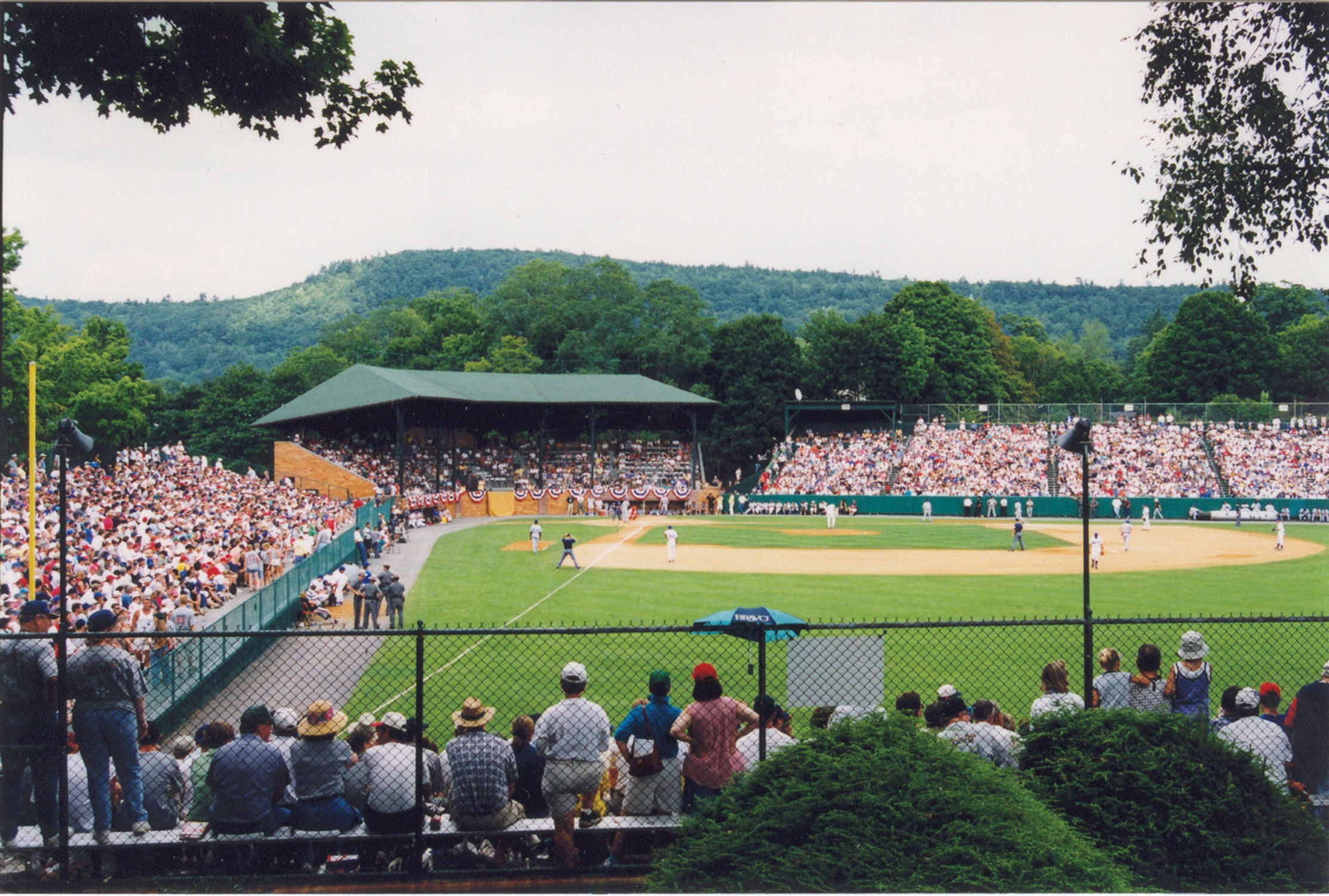
Doubleday Field – Cooperstown, NY – Opened in 1920, expanded in 1939: Better known as “Chills City,” according to me at least. I mean I literally look at pictures of Doubleday and get goosebumps. This is baseball at its purest. It has shades of Rickwood Field, (which was built 10 years earlier), but it lacks the big lights and enormous advertisement smattered outfield walls. Instead you’re surrounded by trees and churches. Where Rickwood feels like a professional stadium, ancient as it may be, Doubleday has much more of a backyard baseball environment to it. The main similarities between the two parks is in each spot you’ll have 10,000 of your closest friends all piled into a historically rich ballpark where so many of the greatest baseball players of all-time have performed. Oh yeah and you’re right around the corner from the National Baseball Hall of Fame and Museum. I’ve taken in many games at Doubleday, most of them being men’s league baseball where if a guy hits the ball that lands in the outfield grass it’s an automatic hit because many of the players would get tossed out before running the 90 feet to first. But it doesn’t matter the skill of the players on the field. When you’re in Doubleday you can feel the power of the sport. You can feel the beauty of baseball. You understand why it is America’s pastime. And on September 16th, 2023, we’ll see baseball’s future played here.
Literally every ballpark I couldn’t fit into the top 10 are honorable mentions. Each spot on the tour has amazing quirks and unique character to them. So many of the stadiums built after 1992 were designed by Populous, the architects behind Camden Yards in Baltimore. I can’t recommend enough the podcast “In the Same Ballpark” by 99% Invisible. It talks about the creation of Camden and how every baseball stadium since has been modeled in its image. Really cool stuff, and Carson Bowen approved so you know it’s a good listen.
One of the next articles you will see from me will be about some of the challengers the Bananas will face throughout the tour. It will not be a final list, as I imagine challengers will arise from parts of the country and world that we never could have imagined right now. But it will be a fun jumping off point to see who the Bananas will be taking on when they’re not doing battle with the Party Animals. We can handle a deep dive into any other challengers when such opponents reveal themselves.
Happy Friday! Have a spooky pre-Halloween weekend. Banana Ball returns in 112 days. It will be here before you know it!

